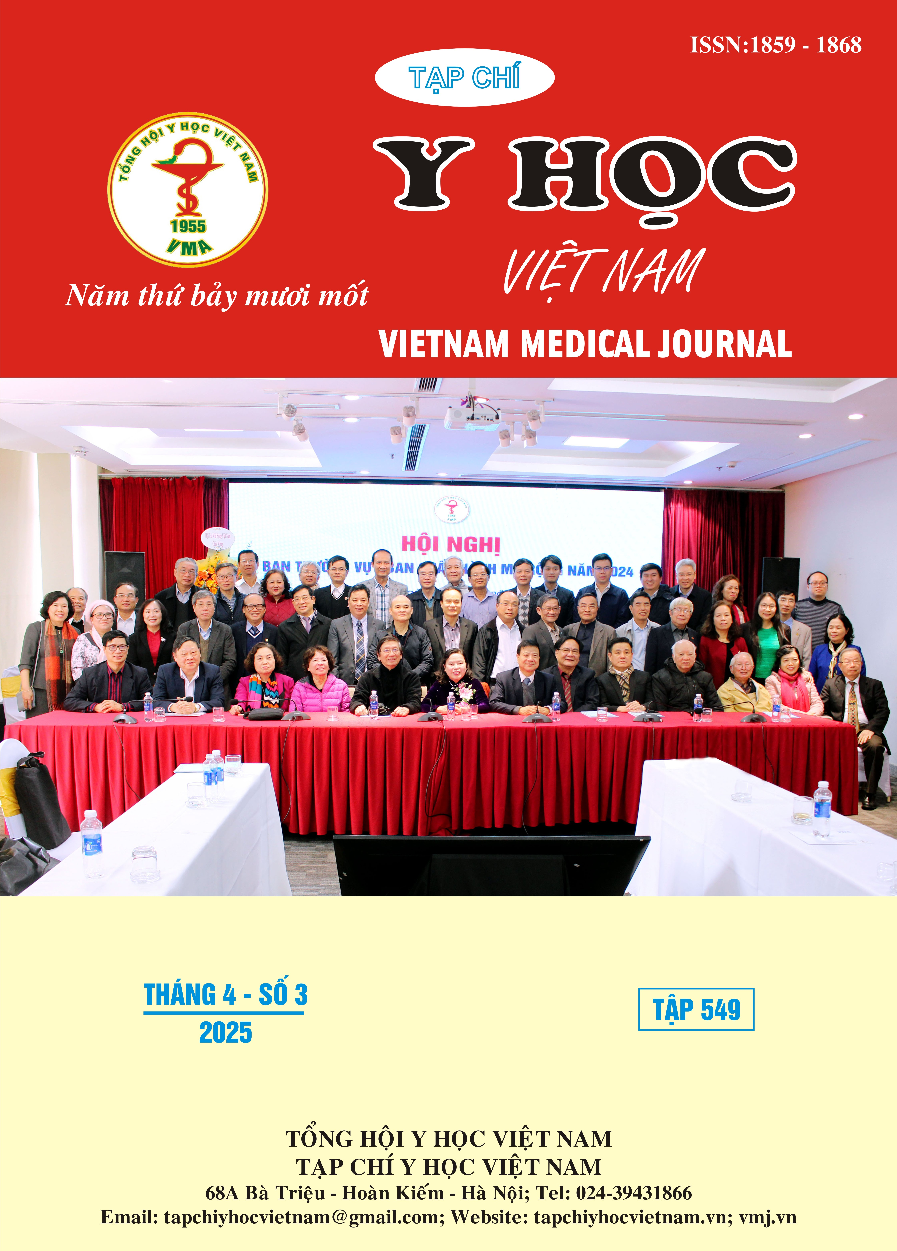THE RESULTS OF MINIMALLY INVASIVE SURGERY FOR CONGENITAL HEART DISEASES
Main Article Content
Abstract
Objective: To evaluate the feasibility and early results of minimally invasive surgery for congenital heart diseases. Summary: The incident of congenital heart disease (CHD) varies about 0,8% all live births. If CHD isn’t diagnosis and treatment when the patient was a child it becomes a CHD in an adult. The first open heart surgery was described by Gibbon in 1953, from that time, the open heart surgery has been popular at hospital. Today, beside traditional open heart sugery, minimally invasive congenital heart surgery (MICHS) a widespread tendency. At E hospital, MICHS has been established since 2012. we conducted this study to Evaluate the feasibility and results of of minimally invasive surgery for congenital heart diseases. Subjects and methods: From 1/2012 to 12/2023, there were 1020 CHDs underwent MICHS which include: Atrial septal defect (403 patients), ventricular septal defect (497 patients), partial atrioventricular septal defect (70 patients), complex CHDs (50 patients - Tetralogy of Fallot, Complete atrioventricular septal defect, Ebstein symdrome, Single ventricular diseases). MICHS are thoracotomy, video assited endosurgery and totally endosurgery. The results: No mortality, no patient had sternotomy. The main comlications: 8 patients had re-operation becausing of bleeding (5 ASD and 3 VSD); 5 patients with brain injury (1 ASD, 3 VSD and 1 pAVSD); 4 patients with common femoral artery sternotic who had repair femoral artery; 3 patients VSD had permanent pacemaker implatation. Conclusion: Minimally invasive congenital heart surgery can be performed routinely with excellent early outcomes.
Article Details
Keywords
Congenital heart diseases, minimally invasive surgery
References
2. Cheng, Y., et al. Totally endoscopic congenital heart surgery compared with the traditional heart operation in children. Wien Klin Wochenschr, 2013. 125(21-22): p. 704-8.
3. Dodge-Khatami, J., et al. Mini right axillary thoracotomy for congenital heart defect repair can become a safe surgical routine. Cardiol Young, 2022: p. 1-4.
4. Gao, C., et al. Totally robotic repair of atrioventricular septal defect in the adult. J Cardiothorac Surg, 2015. 10: p. 156.
5. Horer, J. Right Axillary Thoracotomy in Congenital Cardiac Surgery: Why, for Whom, and How? Ann Thorac Surg, 2021. 112(6): p. 2053-2054
6. Modi, P., A. Hassan, and W.R. Chitwood, Jr. Minimally invasive mitral valve surgery: a systematic review and meta-analysis. Eur J Cardiothorac Surg, 2008. 34(5): p. 943-52.
7. William S Stoney. Evolution of cardiopulmonary bypass. Circulation.2009.119(21).2844-53
8. Zhu, J., et al. Individualized strategy of minimally invasive cardiac surgery in congenital cardiac septal defects. J Cardiothorac Surg, 2022. 17(1): p. 5.


